In the world of commercial buildings, the roof is more than just a protective barrier against the elements. It’s a complex system that plays a pivotal role in managing water, especially in buildings with flat or low-sloped roofs. Proper drainage is crucial to ensure the longevity of the roof and the safety of the structure. Let’s delve into the intricacies of commercial roof drainage systems and understand their significance.
The Role of Drainage in Flat and Low-Slope Roofs
Every roof’s primary function is to shield the building from external factors. When rain hits the roof, it’s the drainage system’s responsibility to channel that water away efficiently. Unlike pitched roofs that use gravity to their advantage, flat roofs need specialized solutions. These roofs are designed with a slight incline to facilitate what’s known as positive drainage. This design ensures that water is directed towards the drains, either centrally located or to the sides, and should ideally clear the roof within 24-48 hours post-rainfall.
However, it’s a misconception that flat roofs are entirely level. They possess a subtle pitch, incorporated by architects and engineers, to foster positive drainage. This slight tilt ensures water moves towards the drains. But there’s more to consider. The weight of accumulated water, especially near drainage points, can be a significant concern. If not addressed, this can lead to structural issues, including potential roof collapse.
Key Drainage Systems for Commercial Roofs
Understanding the challenges posed by water accumulation, it’s essential to identify the type of drainage system your building employs. While each system is tailored to the specific roof it serves, two primary systems are apt for commercial flat or low-slope roofs:
1. Gravity Drainage
As the name suggests, this system leverages gravity to channel water from the rooftop to the ground. Typically, it comprises four sloping drain segments connected to an internal drain, which then directs the water outside the building. These systems are best suited for roofs with a surface area less than 150m2 per drainage point.
2. Siphonic Drainage
This advanced system uses a baffle at drainage points to prevent air entry. The result is a lower atmospheric pressure inside the pipes compared to the external environment. When water enters the drain, it’s pulled in at a speed potentially 100 times faster than gravity-driven systems. Such systems are ideal for larger structures like airports, malls, or warehouses, where rapid water drainage is crucial.

Components of a Robust Drainage System
Both gravity and siphonic systems share similar components:
- Interior Drain: Positioned across the roof’s surface, these drains can even be centrally located. They are especially effective when the roof is sloped to direct water towards them. Components of an interior drain include a dome strainer or cover, a flashing or clamp ring, an outlet, and an air baffle for siphonic systems.
- Edge Drains: These are designed to collect water at the roof’s periphery. They can be scupper drains, gutters, or roof drain leaders (downspouts). Scupper drains are particularly interesting as they can be both a primary or backup drainage solution, depending on their height relative to the roof surface.
Material Considerations
The choice of material for drains and pipes can significantly influence the system’s efficacy. Historically, cast iron was the go-to material due to its durability. However, modern alternatives like PVC, propylene, and ABS offer varied benefits, from cost-effectiveness to resistance against solvents.
The Need for Insulation and Adherence to Standards
Insulating your drainage system is paramount. Drains, being roof features, can potentially let conditioned air escape, leading to increased heating and cooling costs. Moreover, water freezing in the pipes can damage the system. Adhering to standards like the International Energy Conservation Code (IECC) ensures that your roof meets the required insulation levels, especially around the drainage points.
Addressing Urban Run-Off Challenges
Urban areas, with their dense construction, pose unique challenges for drainage. Municipalities might mandate control flow drains to manage the sheer volume of water, preventing flooding and potential health risks. Solutions like vegetative roofing can also play a role, absorbing significant rainwater quantities.
Regular Maintenance is Key
To ensure the longevity and efficiency of your drainage system, regular inspection and cleaning are essential. This includes removing debris, checking for water stagnation, ensuring secure and visible drain screens, and verifying that downspouts are functioning correctly. At Lenox Roofing, we understand the intricacies of commercial roof drainage systems. With our expertise in roofing in Myrtle Beach, we’ve assisted numerous businesses in ensuring their roofs stand the test of time. If you’re seeking reliable Myrtle Beach roofing contractors, look no further. Our commitment to quality and attention to detail sets us apart from other roofing companies in Myrtle Beach South Carolina.
In conclusion, a well-maintained drainage system is the backbone of any commercial roof. It not only ensures the roof’s longevity but also safeguards the building’s structural integrity. Regular maintenance, adherence to standards, and choosing the right materials are all crucial aspects of a robust commercial roof drainage system.


